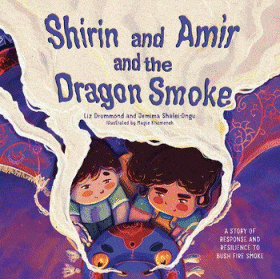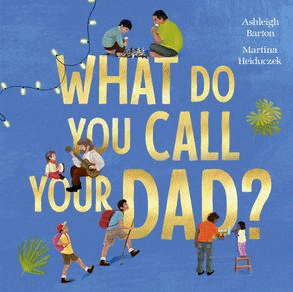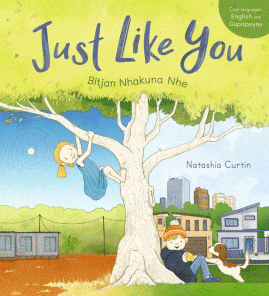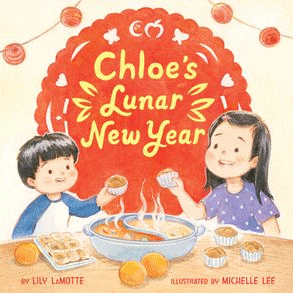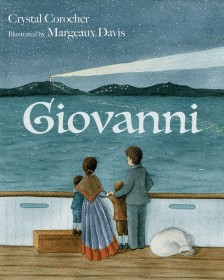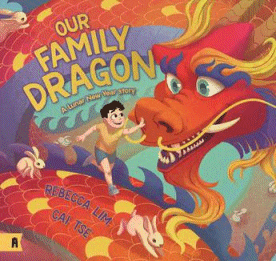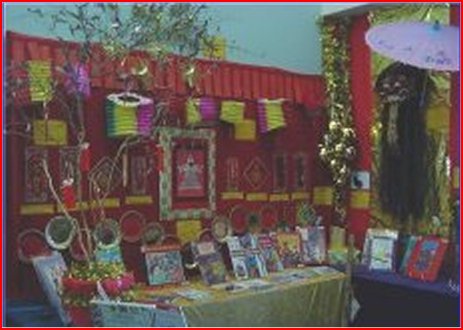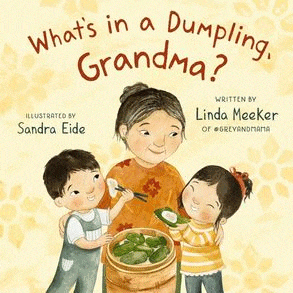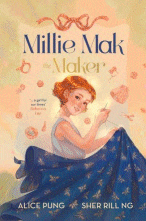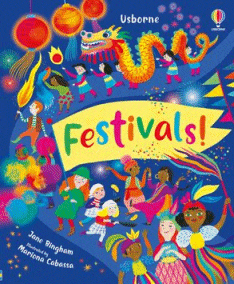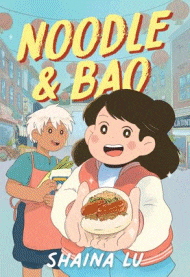
Noodle & Bao
Noodle & Bao
Shaina Lu
HarperCollins US, 2024
224pp., graphic novel, RRP $A19.99
9780063283404
Momo has lived in Town 99 her entire life. She knows all its quirks and rhythms: the best places to buy fruit, practice tai-chi in the park, and, most of all, get the best meal: Noodle & Bao, run by Momo’s best friend, Bao, and their amah, Noodle.
But Town 99 is changing. Rent is becoming unaffordable for Momo and her parents, and even Noodle & Bao has been edged out of its storefront, which was just recently bought out by a new business venture—Fancé Cafe. Fancé is run by the ambitious Ms. Jujube and her henchmen, who claim they’re only beautifying Town 99 with good business.
Momo knows that’s not true, and knows that if she doesn’t do something, she’ll lose everything she loves about her neighbourhood. From undercover recon to a cook-off proposal, protest signs to petitions, Momo and Bao are on a mission to protect Town 99. Will they succeed before it’s too late?
Twenty years ago, Odo Hirsch wrote a series of books about a feisty, determined young girl called Hazel Green which included one, Think Smart, Hazel Green, in which Hazel found herself in a not dissimilar situation to Momo. It was a series that really captured the imagination of the girls particularly, because it was one of not many books and series that had a courageous, don’t-back-down girl as its main character. And in this graphic novel, Momo shows that same sort of awareness and resilience as she notices subtle changes to her local Chinatown – changes that are changing lives as well as the landscape – and she, accompanied by some friends and some anthropomorphic animals, is determined to show that progress is not always positive and it is usually driven by motives well beyond what is good for the community.
While this book is based on the real stories of the changes in Chinatowns throughout the USA, as explained in the final pages, it is also something our own children might have noticed or even experienced, particularly those who live in “tourist towns” as their surroundings change, expand and become more expensive to cope with the annual influx of visitors. So it could become the impetus for taking a close look at their own neighbourhood and investigate changes, their causes and impacts, as well as those things that are worth fighting to preserve.
Although the format of a graphic novel precludes it from being a class read-aloud, it could be worth searching out the Hazel Green series to underpin any unit of work that has a theme of change and progress.
